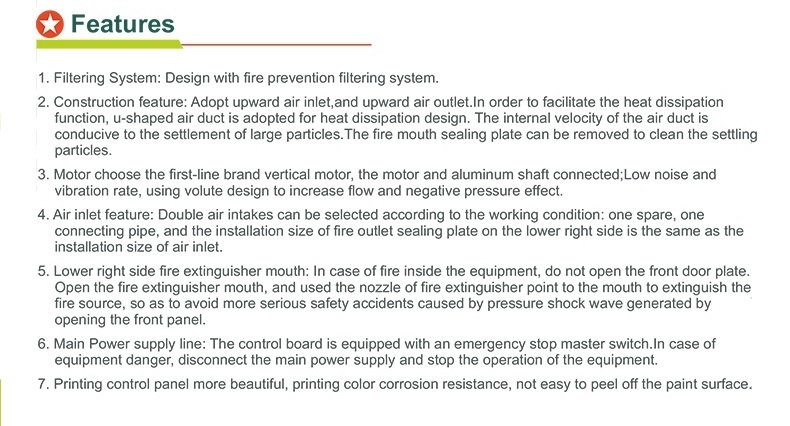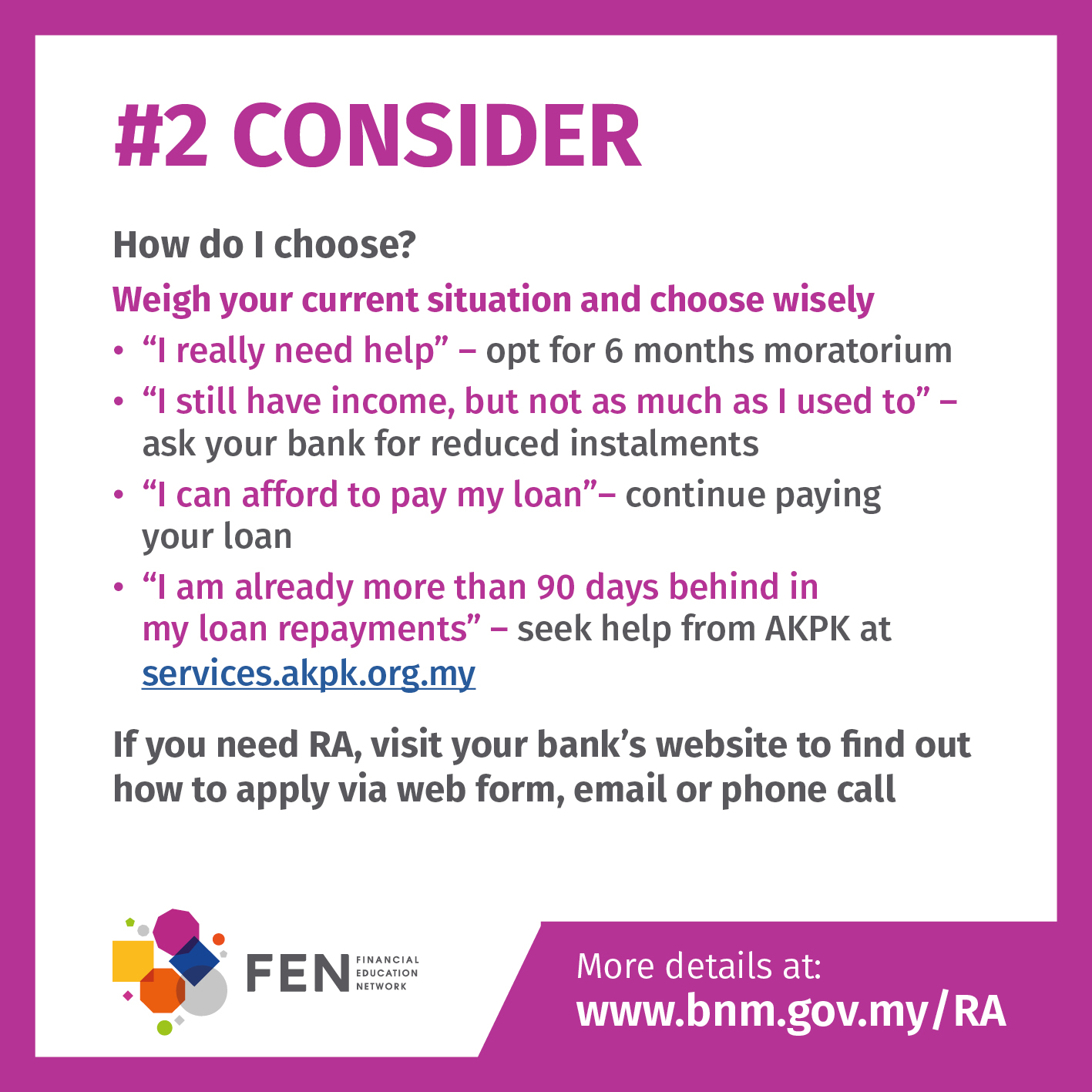Understanding Conventional Loan Guidelines Fannie Mae: A Comprehensive Guide for Homebuyers
Guide or Summary:Conventional Loan Guidelines Fannie MaeConventional Loan Guidelines Fannie MaeWhen it comes to securing a mortgage, understanding the Conve……
Guide or Summary:
Conventional Loan Guidelines Fannie Mae
When it comes to securing a mortgage, understanding the Conventional Loan Guidelines Fannie Mae is crucial for potential homebuyers. Fannie Mae, or the Federal National Mortgage Association, plays a significant role in the U.S. housing market by providing liquidity to lenders, thus enabling them to offer more loans to consumers. This guide aims to break down the essential aspects of Fannie Mae's conventional loan guidelines, helping you navigate the mortgage process with confidence.
### What is a Conventional Loan?
A conventional loan is a type of mortgage that is not insured or guaranteed by the federal government. Instead, these loans are typically secured by private lenders and must adhere to specific guidelines set by Fannie Mae or Freddie Mac. The Conventional Loan Guidelines Fannie Mae establish the criteria that lenders must follow when underwriting these loans, including credit score requirements, debt-to-income ratios, and down payment options.

### Key Guidelines for Conventional Loans
1. **Credit Score Requirements**: One of the most critical factors in obtaining a conventional loan is your credit score. Fannie Mae generally requires a minimum credit score of 620 for most conventional loans. However, a higher score can lead to better interest rates and loan terms. It’s essential for borrowers to check their credit reports and address any discrepancies before applying for a mortgage.
2. **Down Payment Options**: The Conventional Loan Guidelines Fannie Mae allow for a variety of down payment options. While a traditional down payment is 20% of the home’s purchase price, Fannie Mae offers programs that allow for down payments as low as 3%. However, lower down payments may require private mortgage insurance (PMI), which protects the lender in case of default.

3. **Debt-to-Income Ratio**: Fannie Mae typically looks for a debt-to-income (DTI) ratio of 43% or lower, although some exceptions can be made for borrowers with strong credit profiles or significant cash reserves. This ratio compares your monthly debt payments to your gross monthly income, helping lenders assess your ability to manage monthly mortgage payments alongside other financial obligations.
4. **Loan Limits**: Fannie Mae sets conforming loan limits that dictate the maximum amount you can borrow for a conventional loan. These limits can vary by location, so it’s essential to check the current limits in your area. For 2023, the baseline conforming loan limit for a single-family home is $726,200, but it can be higher in high-cost areas.
5. **Property Eligibility**: Not all properties qualify for conventional loans. Fannie Mae’s guidelines specify that the property must be a primary residence, second home, or investment property. Additionally, the property must meet certain safety and livability standards, and it may need to be appraised to ensure it meets market value.

### Conclusion
Navigating the Conventional Loan Guidelines Fannie Mae can seem daunting, but understanding these essential criteria can empower you as a homebuyer. By familiarizing yourself with credit score requirements, down payment options, debt-to-income ratios, loan limits, and property eligibility, you can better prepare for the mortgage application process. Whether you are a first-time homebuyer or looking to refinance, having a solid grasp of Fannie Mae’s guidelines will help you make informed decisions and increase your chances of securing the financing you need to achieve your homeownership goals.